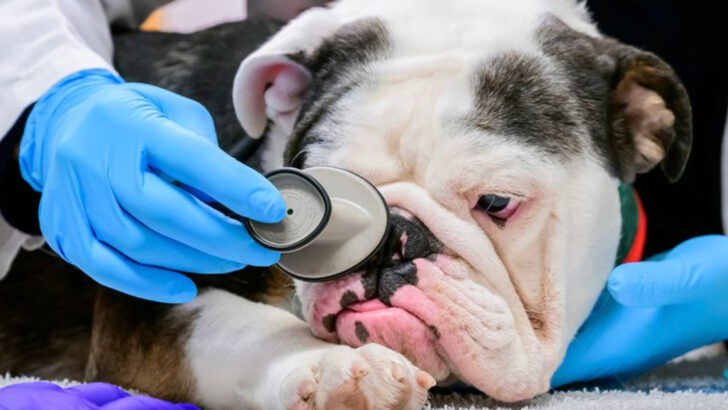Extra pounds can steal years from your dog’s life.
Yes—chubby pups may look adorable, but beneath that fluff lies a ticking time bomb of health issues just waiting to strike. From aching joints to heart struggles, the dangers are real—and they’re sneaky.
The worst part? Many dogs suffer quietly, hiding their pain behind wagging tails and eager eyes.
But there’s hope—and it doesn’t involve boot camps or misery. With the right moves (and a little creativity), you can help your dog get fit without breaking their spirit.
Let’s look at what excess weight really does to your pup—and then walk through seven gentle, feel-good ways to help them slim down and feel amazing again.
Joint Problems

Large or small, every dog’s joints suffer under extra weight. Arthritic pain becomes more pronounced. Imagine a life where even a simple walk to the water bowl is a struggle. It’s heartbreaking, but many dogs endure this silently. Extra pounds can lead to torn ligaments, especially in the knees, making movement a daily challenge. Veterinarians stress weight loss as a crucial step for managing joint pain. As the weight decreases, their mobility often improves, offering a glimpse of relief. Proper diet, combined with gentle exercises, can transform their daily experience.
Heart Disease

The heart, tirelessly beating, struggles more with excess weight. Overweight dogs are at a higher risk for cardiovascular issues. The added fat can lead to high blood pressure. It places an unnecessary burden on their heart. Owners might notice their pet tiring quickly. This fatigue is a red flag. Regular veterinary check-ups are essential to monitor heart health. Early detection can prevent severe complications. Simple lifestyle changes, like short daily walks, can strengthen their heart and improve overall health. These activities, though mild, offer immense benefits.
Diabetes
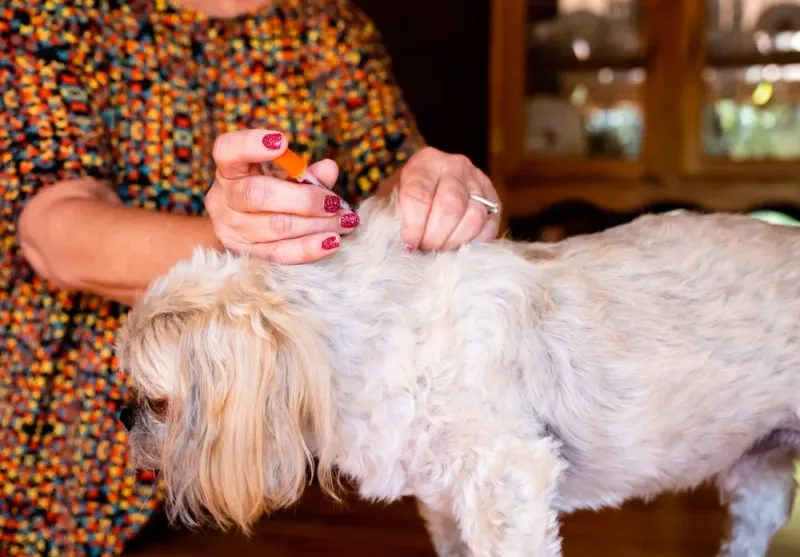
Diabetes is a silent threat lurking in the lives of obese dogs. Excess fat interferes with insulin production. It leads to high blood sugar levels and requires careful management. Owners may notice increased thirst. Frequent urination is another telltale sign. A vet’s guidance becomes invaluable. They can provide a plan that includes insulin regulation and diet changes. Consistent, gentle exercise helps maintain blood sugar levels. This keeps diabetes in check. A simple game of fetch can be a beneficial activity. It offers both bonding time and physical benefit.
Respiratory Issues
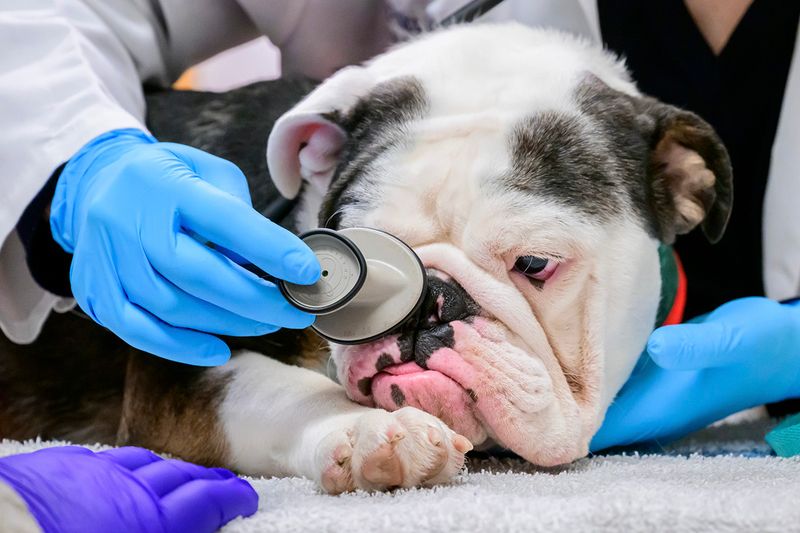
For snub-nosed breeds, breathing is challenging enough. Add extra weight, and it becomes a constant battle. Overweight dogs often pant excessively. It’s their way of compensating for restricted airways. This struggle can lead to decreased oxygen levels. Owners might notice noisy breathing. It’s more than just a snore, signaling a serious problem. Short, controlled walks can help improve their lung capacity. Avoiding overheated environments is also crucial. Providing a cool, comfortable space aids their breathing. Such accommodating measures can significantly enhance their quality of life.
Liver Disease
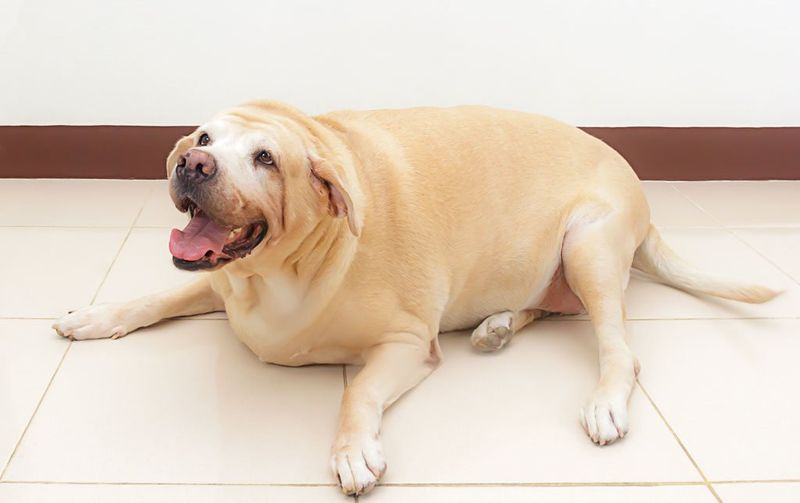
The liver works tirelessly, filtering out toxins. But in overweight dogs, it can become overwhelmed. Fatty liver disease is a common result of obesity. It affects the liver’s ability to function properly. The condition is often unseen until severe symptoms appear. Jaundice, or yellowing of the eyes and gums, can be a sign. Regular vet visits help in early detection. A balanced diet, low in fats, supports liver health. Gentle play sessions, like a slow game of catch, encourage activity without strain. Such practices contribute to liver recovery.
High Blood Pressure
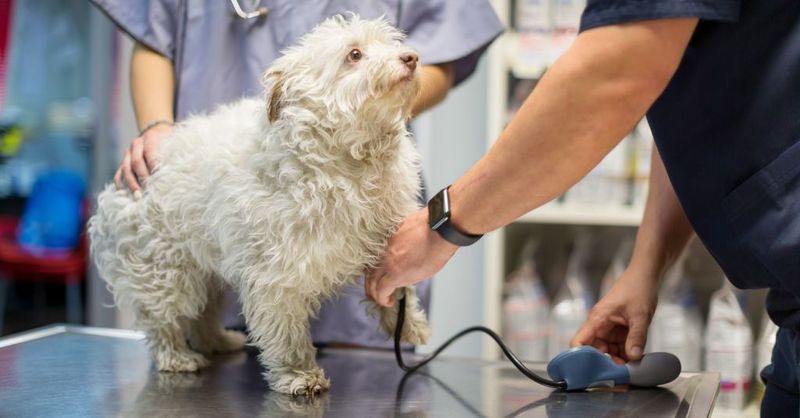
High blood pressure, or hypertension, quietly affects many overweight dogs. It increases the risk of heart and kidney disease. Often, there are no visible symptoms, making regular checks important. A vet can detect hypertension with a simple test. Controlling weight is the first step in management. Reducing salt in their diet is also advised. Short walks, perhaps in a quiet park, help maintain healthy blood pressure levels. These outings should be relaxed, never rushed. Over time, such gentle routines support cardiovascular health, enhancing longevity.
Skin Disorders
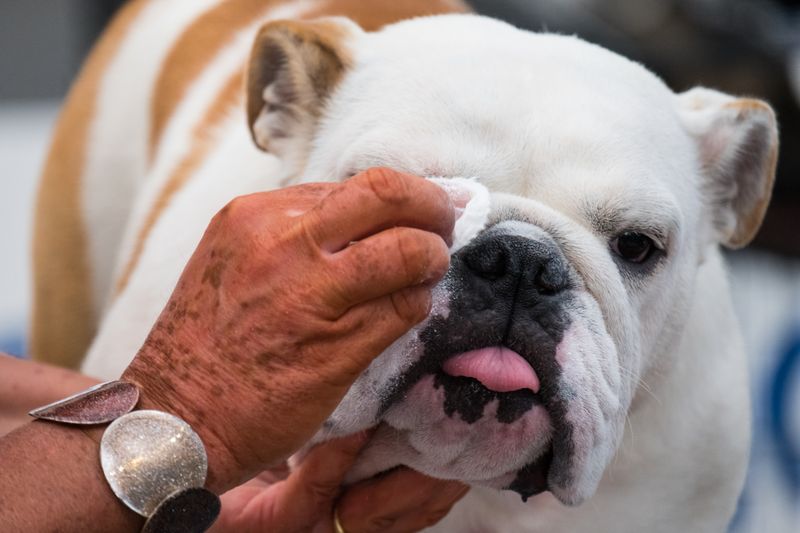
Extra weight leads to skin folds, creating a breeding ground for infections. Overweight dogs often face issues like rashes and hot spots. Moisture trapped in folds can cause these irritations. Regular grooming becomes essential. It helps in identifying and addressing such problems early. A vet might recommend medicated shampoos for treatment. Maintaining a healthy weight reduces excess skin. Gentle brushing also aids in skin health. It stimulates blood flow and distributes natural oils. Owners find that a balanced diet and exercise are key in preventing these disorders.
Swimming
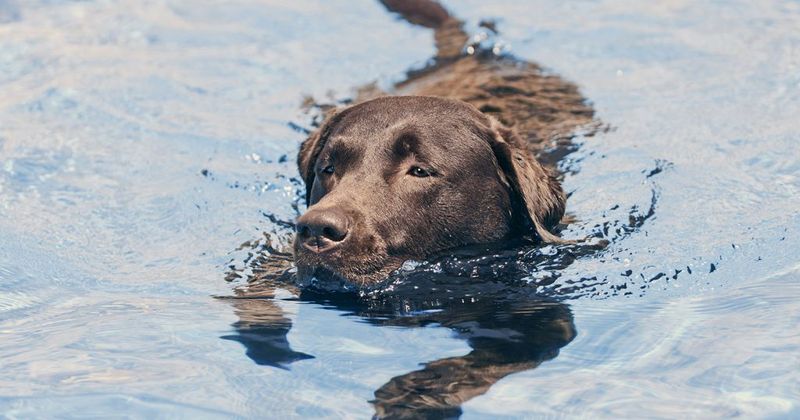
Swimming offers a low-impact exercise for weight loss. Many dogs take to water naturally. It provides resistance without straining joints. Owners often notice their pets enjoying the freedom water allows. A gentle swim session can burn calories effectively. It strengthens muscles while promoting cardiovascular health. However, not all dogs are natural swimmers. Safety measures, like a dog life vest, ensure a positive experience. Short, supervised sessions in a pool or a safe lake can be refreshing. This method is both effective and enjoyable for dogs.
Leash Walking
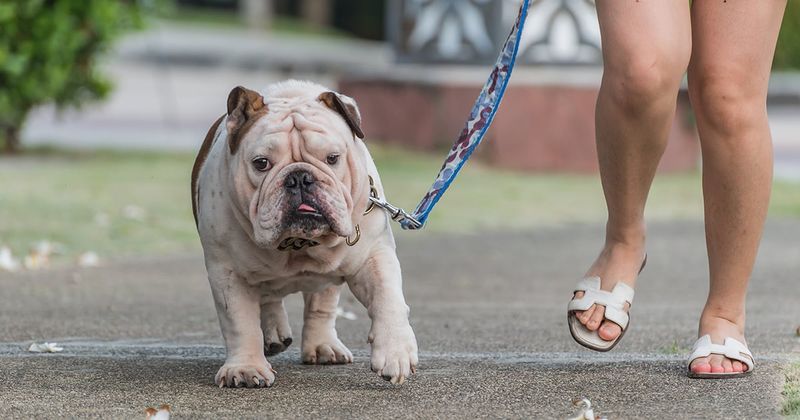
Reliable and simple, leash walking remains a staple for dog exercise. It offers consistent, low-impact activity. Owners can control the pace, adjusting to their pet’s needs. Exploring new paths keeps the routine interesting. It’s a bonding experience too. As they stroll, dogs engage their minds by sniffing and observing. Short, frequent walks are ideal. They break up the day and maintain energy levels. Over time, this routine helps in weight loss and improves mood. A sturdy leash and comfortable harness are essential for these outings.
Fetch Games
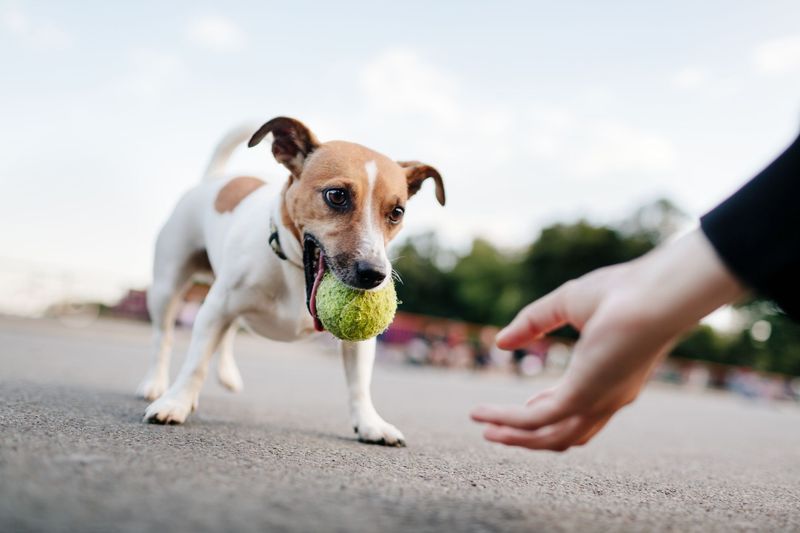
Fetch games are a delightful way to engage dogs in exercise. It combines play with physical activity. Using soft, lightweight toys prevents any strain. Owners can start with short distances. Gradually increasing the throw can enhance fitness. It’s important to watch for any signs of fatigue. This game encourages agility and boosts cardiovascular health. Fetch isn’t just about running; it’s a mentally stimulating game too. Dogs learn to anticipate and react. This playful method keeps them engaged and active, offering a fun path to fitness.
Tug-of-War
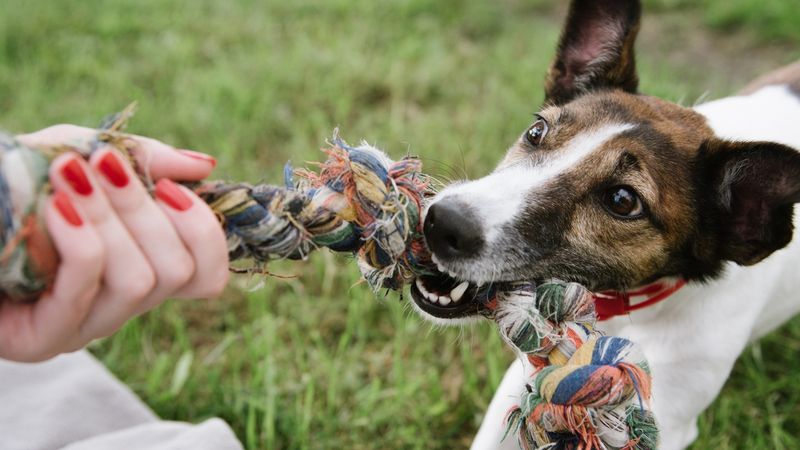
Tug-of-war is a thrilling way to exercise dogs. It builds muscle strength without excessive exertion. Owners find it an interactive way to bond. Using sturdy, safe toys ensures safety. The game should be gentle, avoiding excessive pulling. Dogs enjoy the challenge and the sense of camaraderie it brings. Tug-of-war can easily be moderated for shorter sessions. It’s essential to establish rules, like ‘drop it’ for control. This game promotes physical and mental stimulation. In moderation, it’s a valuable tool in a weight loss journey.
Puzzle Toys

Puzzle toys offer a unique way to engage dogs’ minds and bodies. These toys challenge their intellect while encouraging movement. Owners can fill them with healthy treats. As dogs work to solve the puzzle, they burn calories. It’s an effective method for mental and physical stimulation. The reward keeps them motivated. Puzzle toys are especially beneficial for indoor exercise. They prevent boredom and enhance problem-solving skills. Owners often find these toys a great addition to a balanced routine. It’s a delightful way to keep dogs active and sharp.
Canine Obstacle Courses
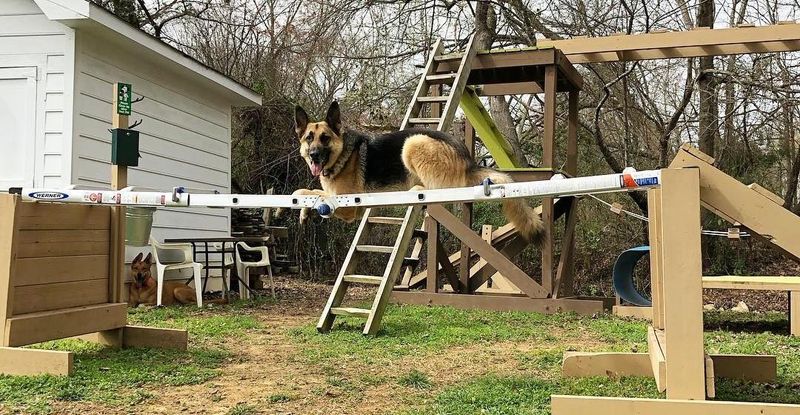
Obstacle courses transform exercise into an exciting adventure. They build strength and coordination. Owners can set up simple courses in their backyard. Using items like cones, tunnels, and small jumps makes them accessible. Courses should be suited to the dog’s size and ability. Owners guide their pets through the course, providing both encouragement and treats. This activity enhances agility and boosts confidence. It’s a versatile exercise that can be adapted as dogs progress. Obstacle courses offer a comprehensive workout, blending fun with fitness.
Dog Yoga (Doga)
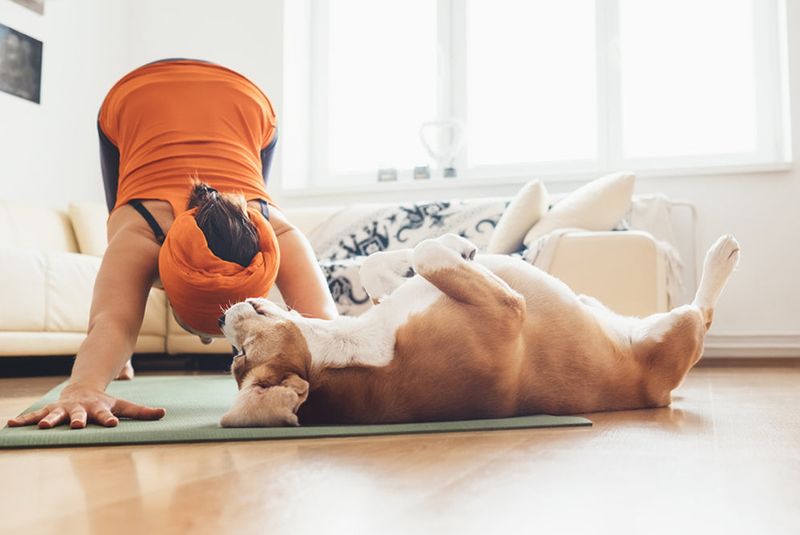
Dog yoga, or Doga, merges relaxation with gentle exercise. It’s a soothing experience for both dog and owner. Simple stretches improve flexibility and joint health. Owners often find this practice strengthens their bond. Sessions can be as short as ten minutes. The focus is on gentle movements and breathing. Many dogs enjoy the calming environment it fosters. Doga is accessible to dogs of all sizes and ages. It’s a peaceful way to introduce exercise. This method promotes relaxation, helping manage stress and weight simultaneously.

